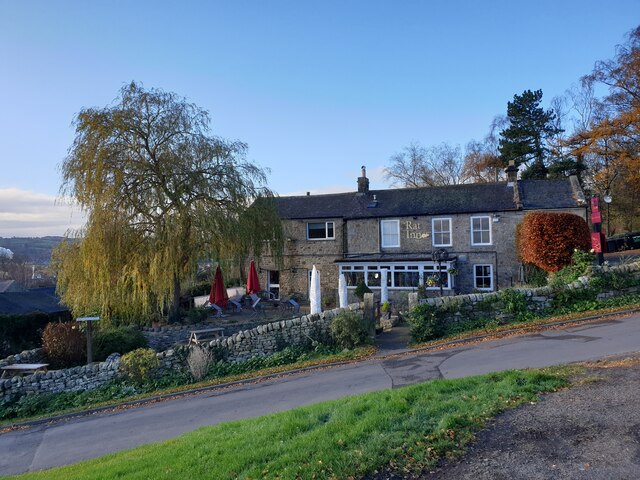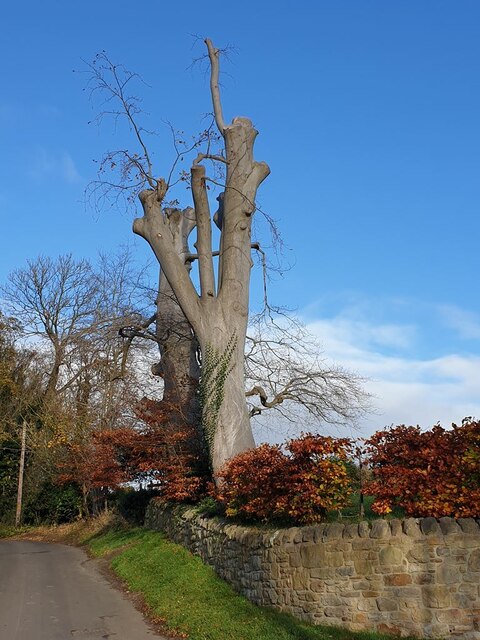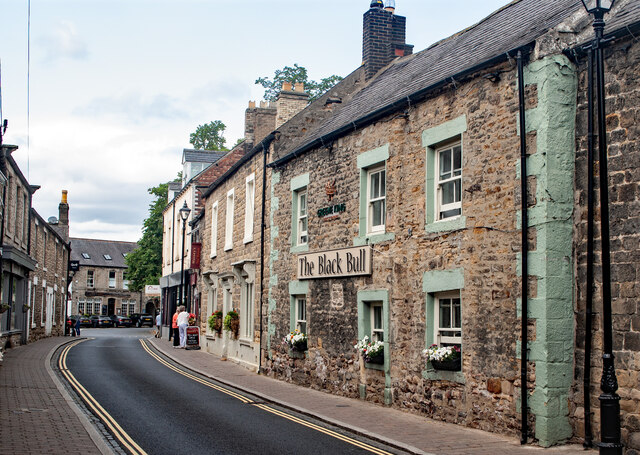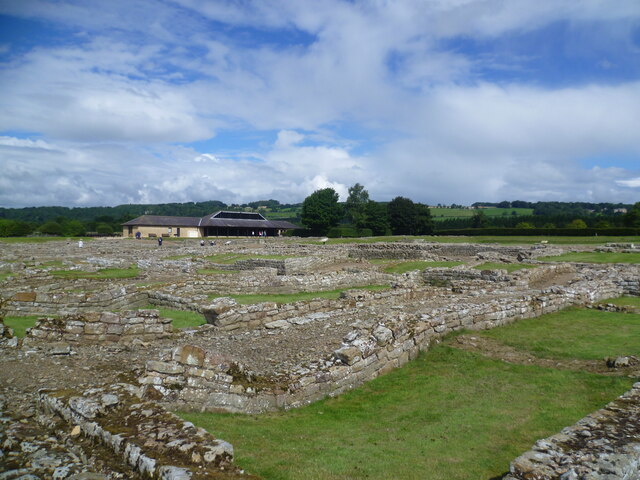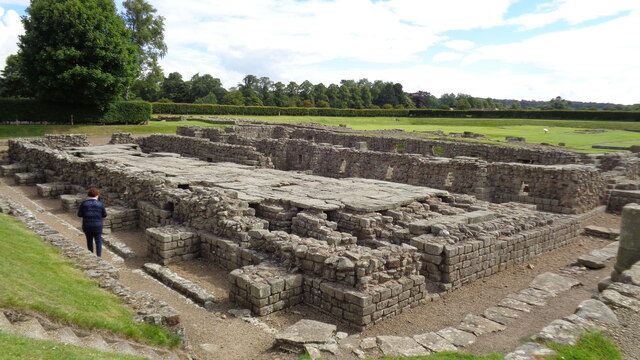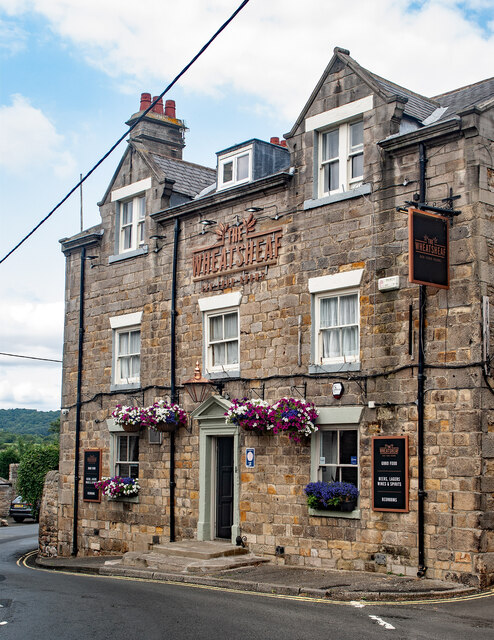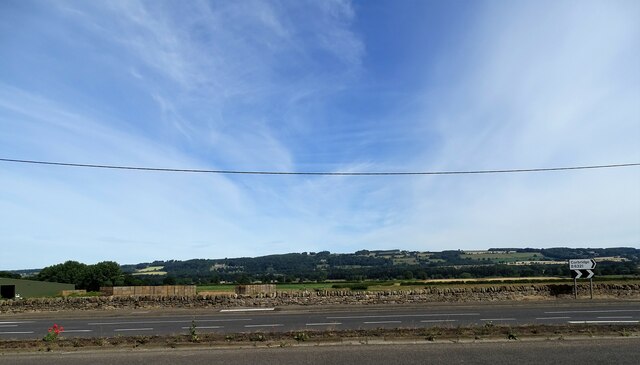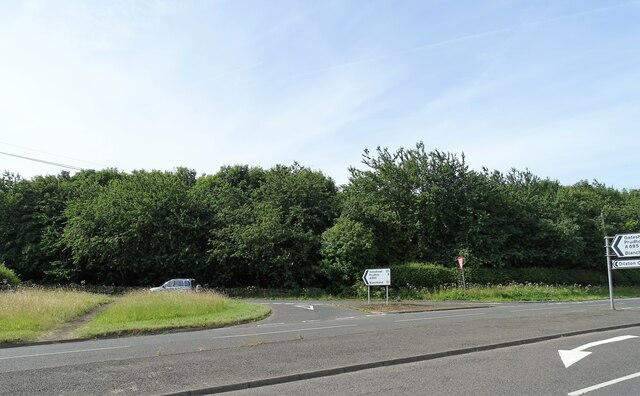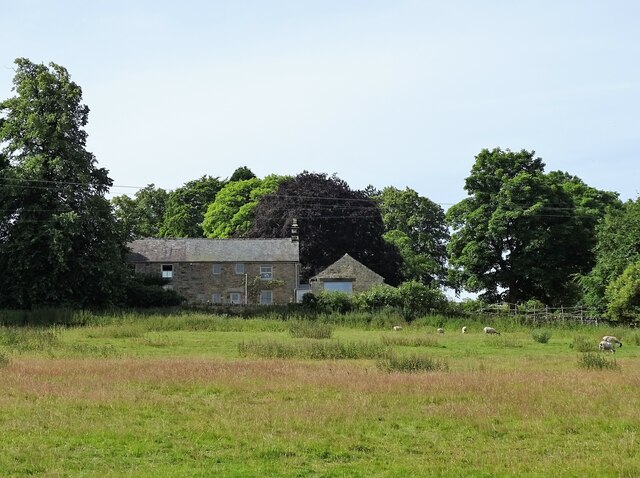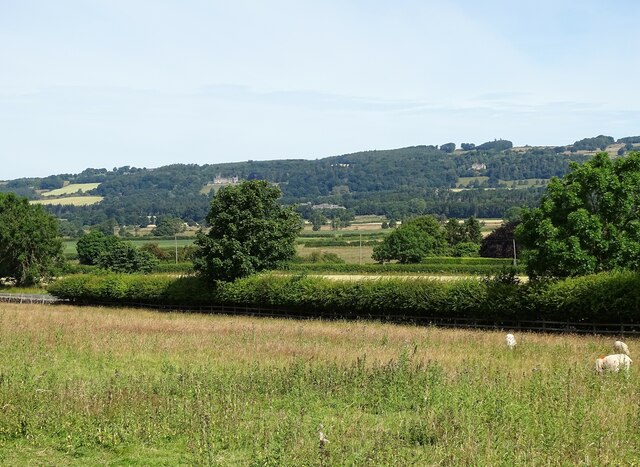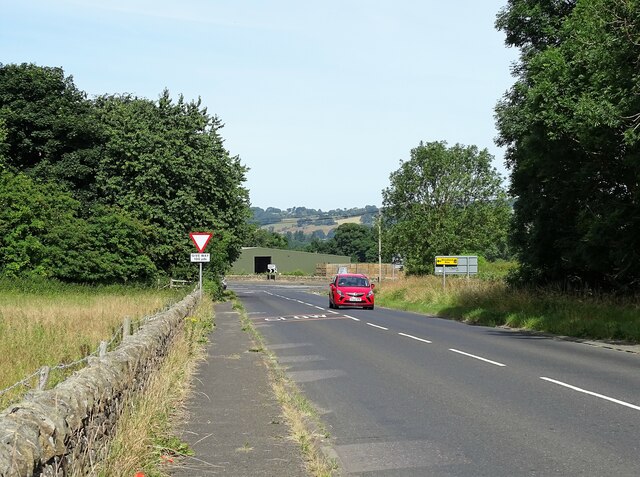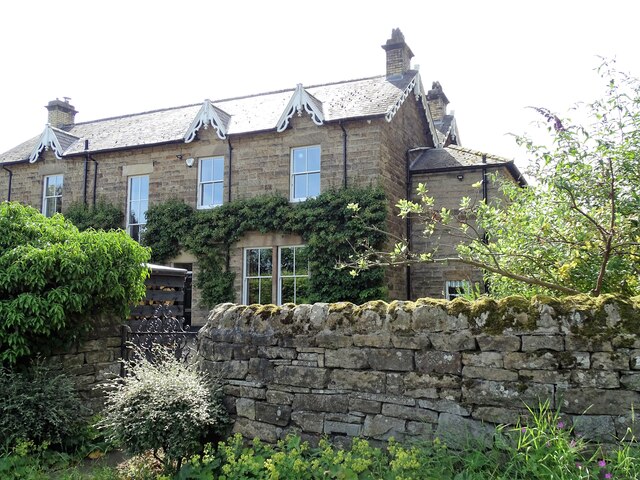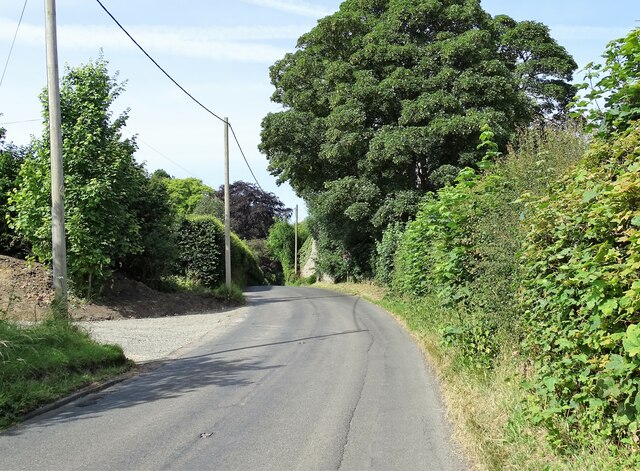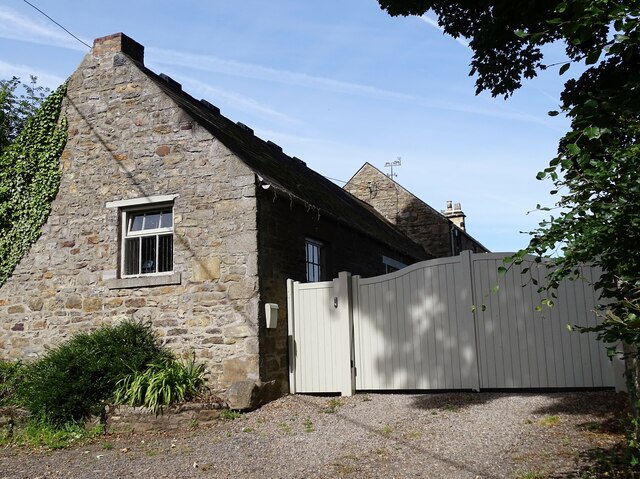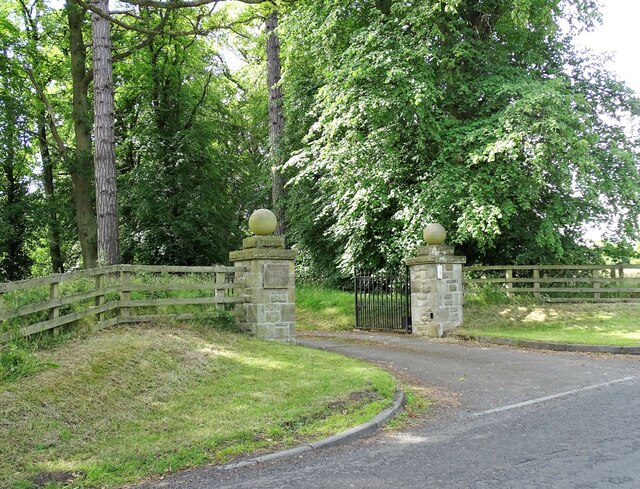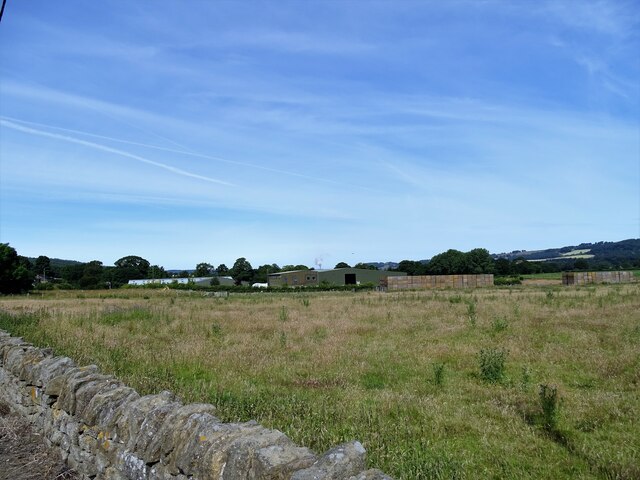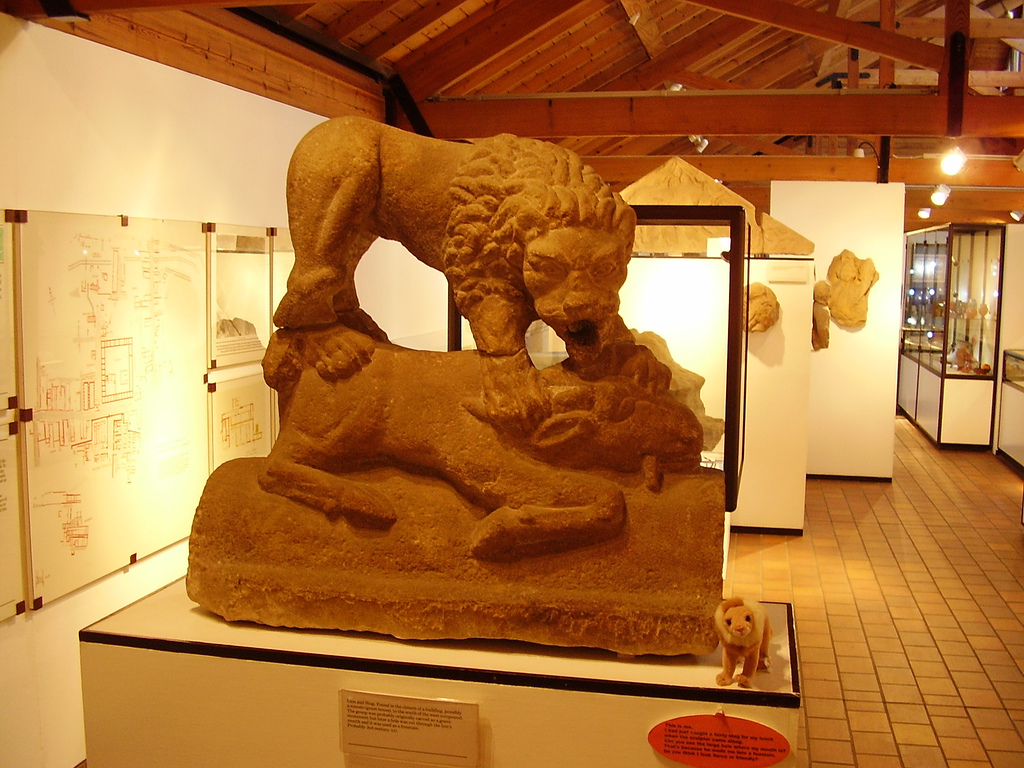Red House Plantation
Wood, Forest in Northumberland
England
Red House Plantation
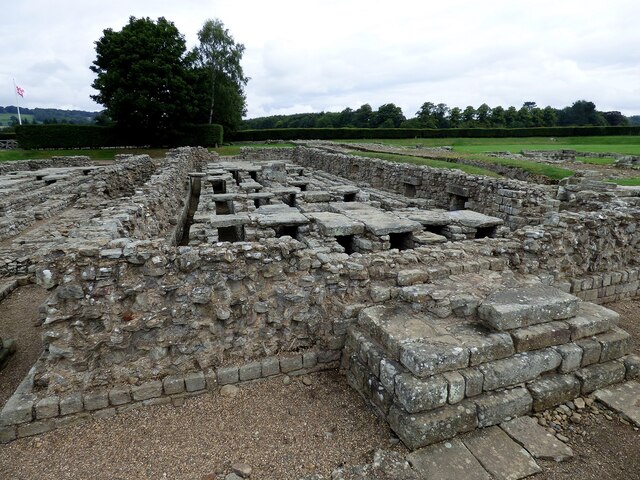
Red House Plantation is a historic estate located in Northumberland, known for its picturesque woodlands and forests. Nestled in the heart of the countryside, this plantation spans over a vast area of land and is a haven for nature enthusiasts.
The main feature of Red House Plantation is its dense and diverse woodlands, which are home to a rich variety of flora and fauna. The plantation boasts a wide range of tree species, including oak, beech, and pine, creating a lush and vibrant environment. The forested areas are meticulously maintained, with well-marked trails that offer visitors the opportunity to explore the plantation's natural wonders.
In addition to its natural beauty, Red House Plantation also holds historical significance. The estate dates back to the 18th century and has been owned by several prominent families throughout its history. The plantation house itself showcases architectural elegance and charm, featuring a distinctive red brick facade that gives the estate its name.
Visitors to Red House Plantation can immerse themselves in its serene surroundings through various activities. The estate offers guided nature walks, where knowledgeable guides provide insights into the local flora and fauna. Additionally, visitors can enjoy picnics in designated areas, capturing the essence of peaceful countryside living.
Overall, Red House Plantation is a remarkable destination for those seeking a tranquil retreat amidst nature's beauty. With its captivating woodlands, rich history, and range of recreational activities, it offers a memorable experience for individuals of all ages.
If you have any feedback on the listing, please let us know in the comments section below.
Red House Plantation Images
Images are sourced within 2km of 54.981035/-2.0452192 or Grid Reference NY9765. Thanks to Geograph Open Source API. All images are credited.

Red House Plantation is located at Grid Ref: NY9765 (Lat: 54.981035, Lng: -2.0452192)
Unitary Authority: Northumberland
Police Authority: Northumbria
What 3 Words
///blame.snooping.alleges. Near Corbridge, Northumberland
Nearby Locations
Related Wikis
Devil's Water
Devil's Water is a narrow, powerful river in Northumberland, England fed by many streams. A right-bank firmly north-flowing tributary of the Tyne, it ends...
Coria (Corbridge)
Coria was a fort and town 2.5 miles (4.0 km) south of Hadrian's Wall, in the Roman province of Britannia on the junction of a major Roman north–south road...
Sandhoe Hall
Sandhoe Hall, also once known as Sandhoe House, is a 19th-century country house situated at Sandhoe, Northumberland. It is a Grade II listed building.The...
Corbridge Lion
The Corbridge Lion, Northumberland, England, is an ancient Roman free-standing sandstone sculpture of a male lion standing on a prone animal (possibly...
Have you been to Red House Plantation?
Leave your review of Red House Plantation below (or comments, questions and feedback).
